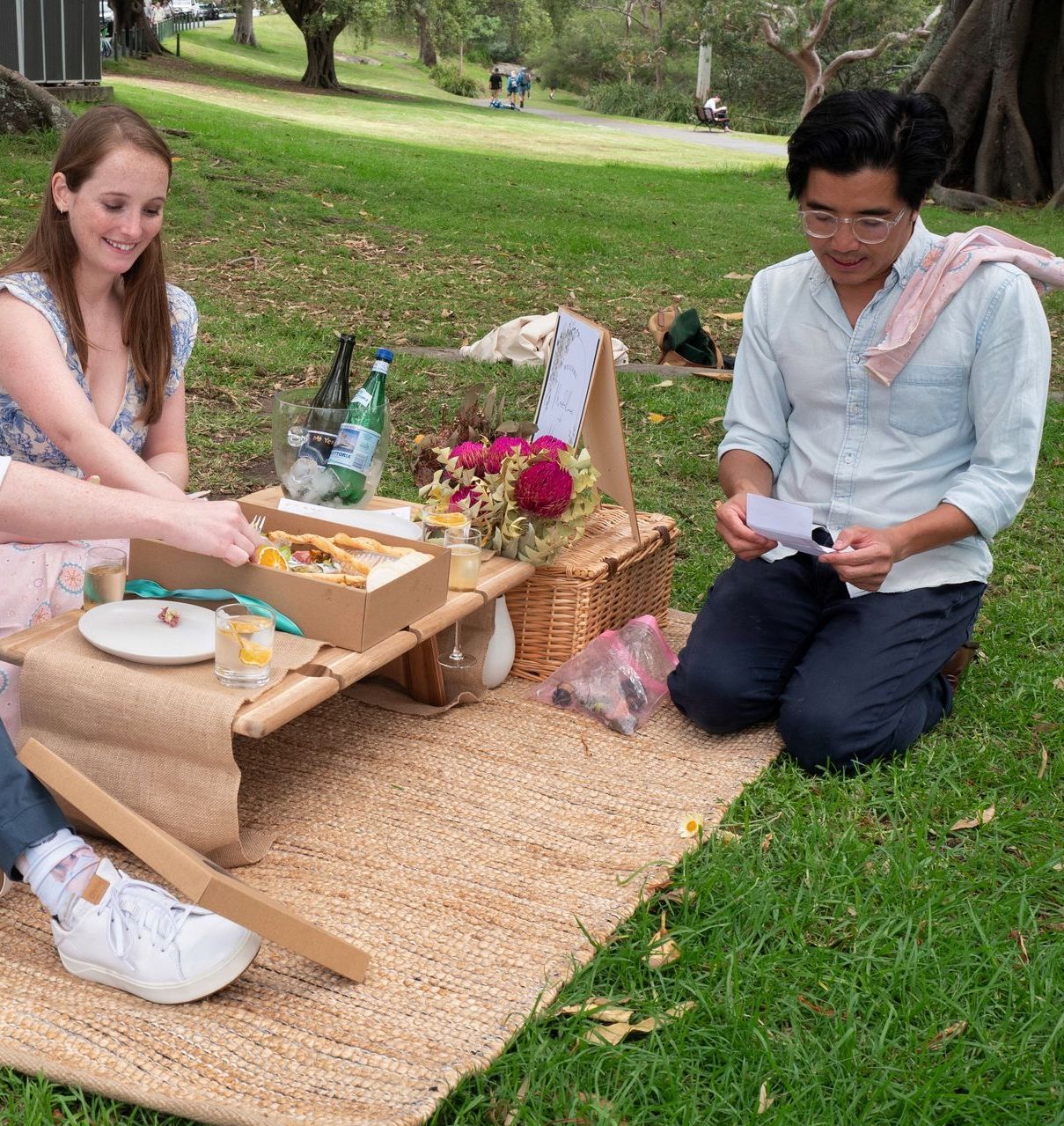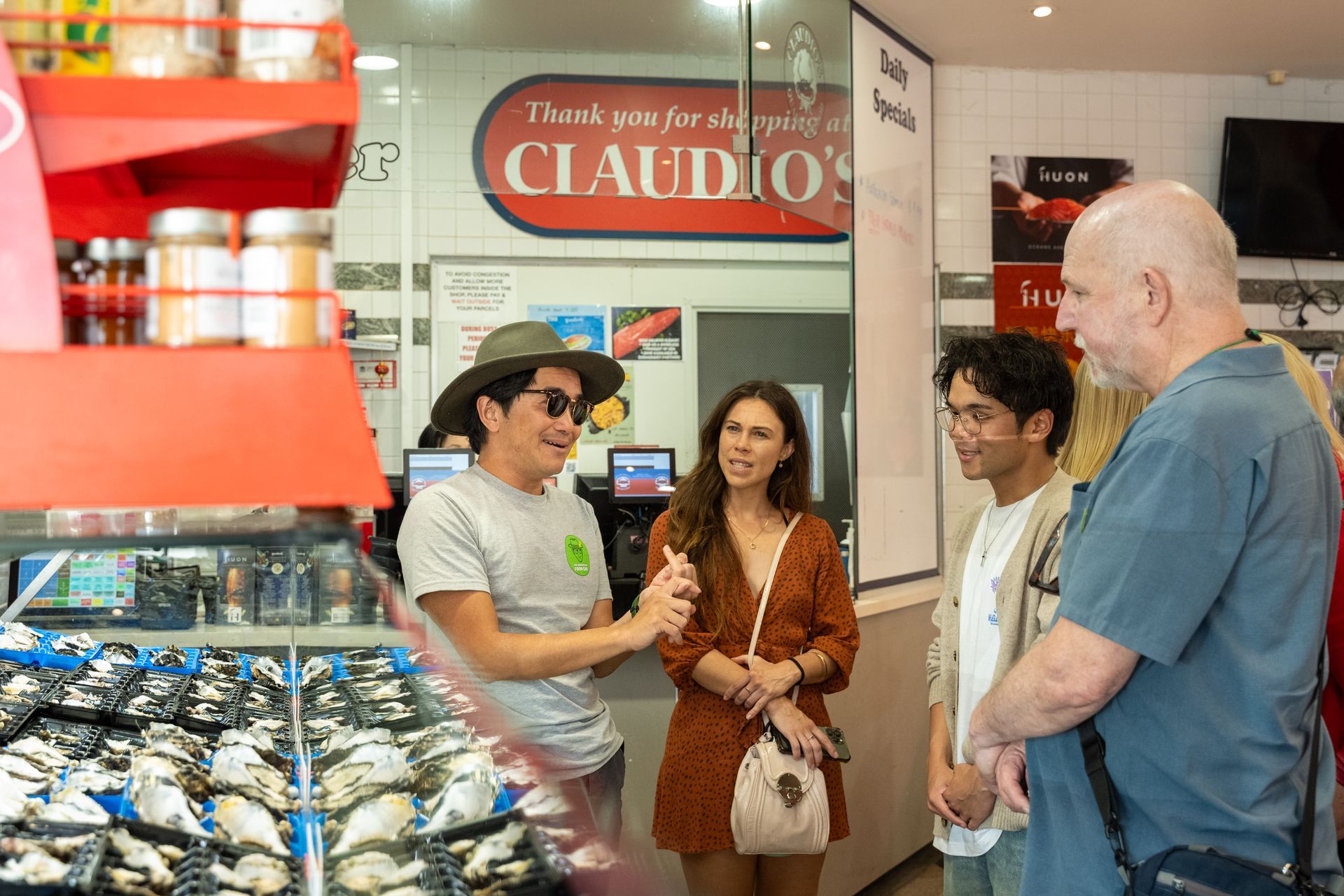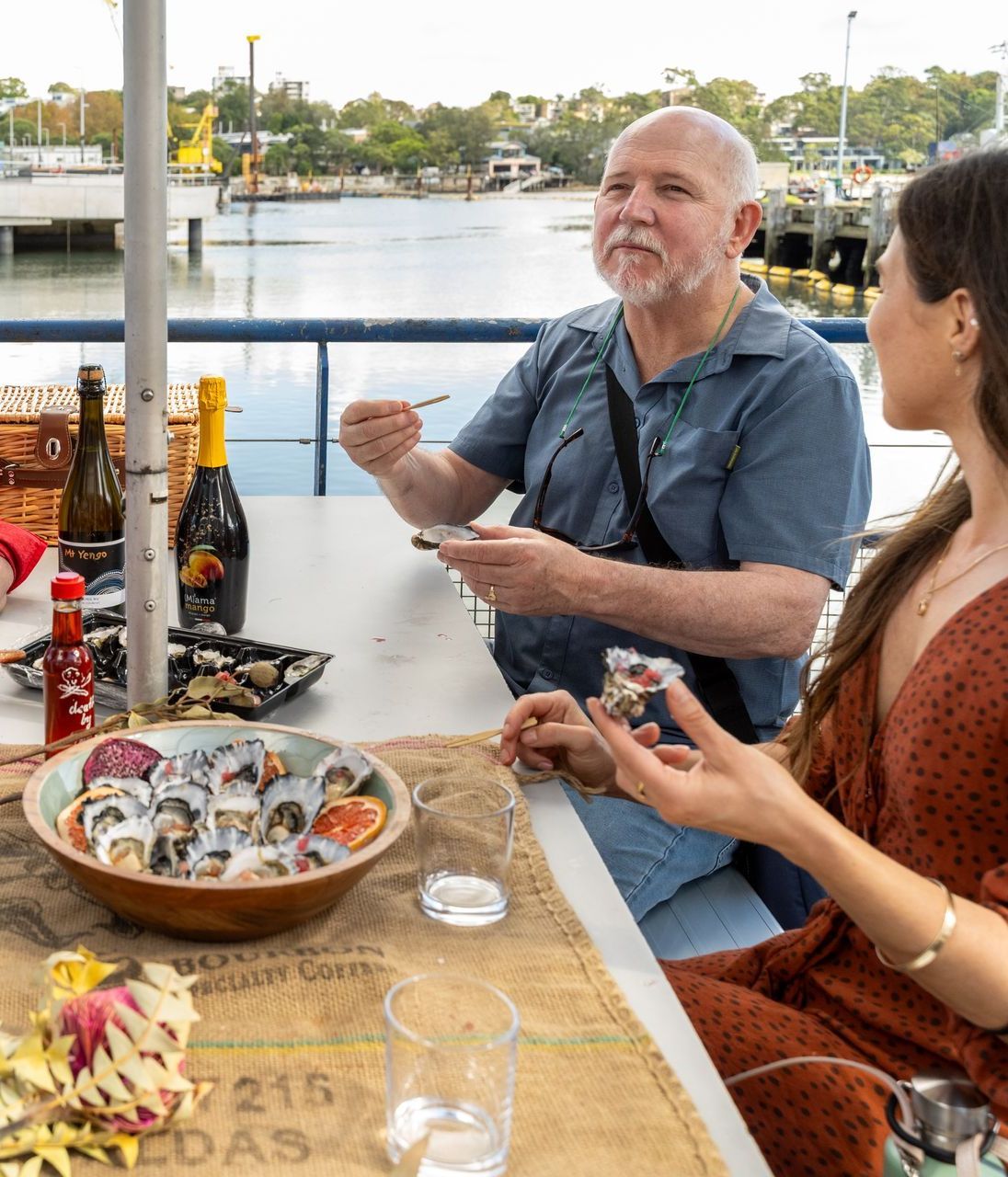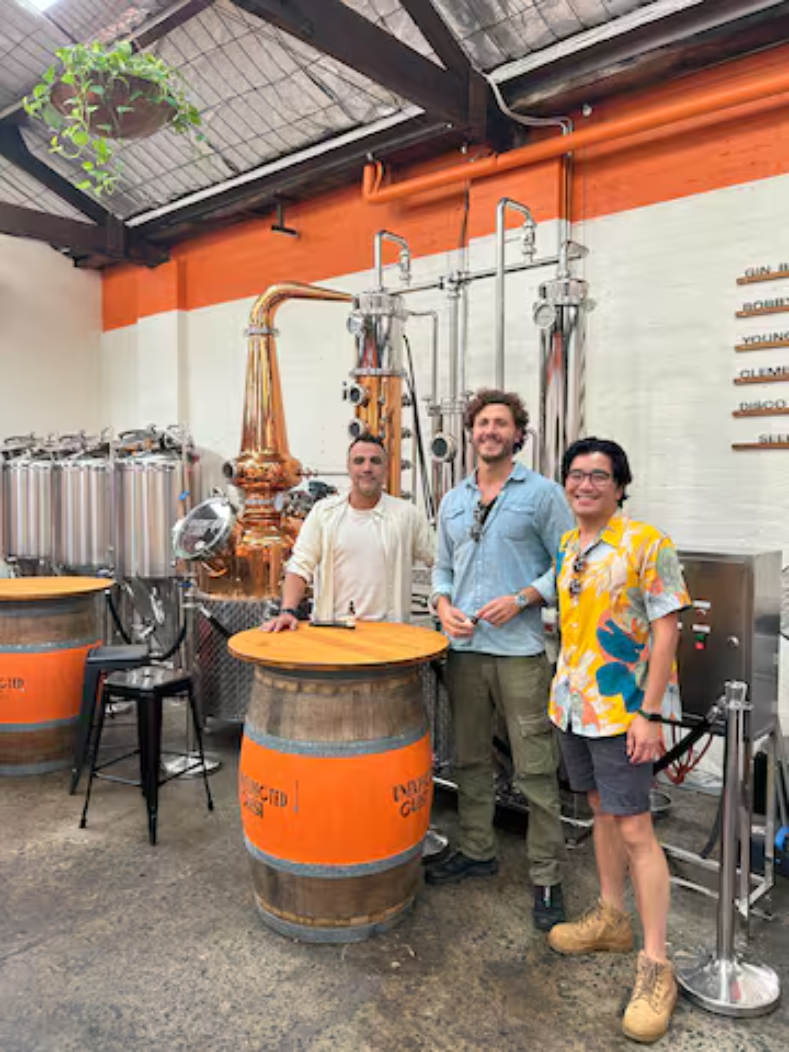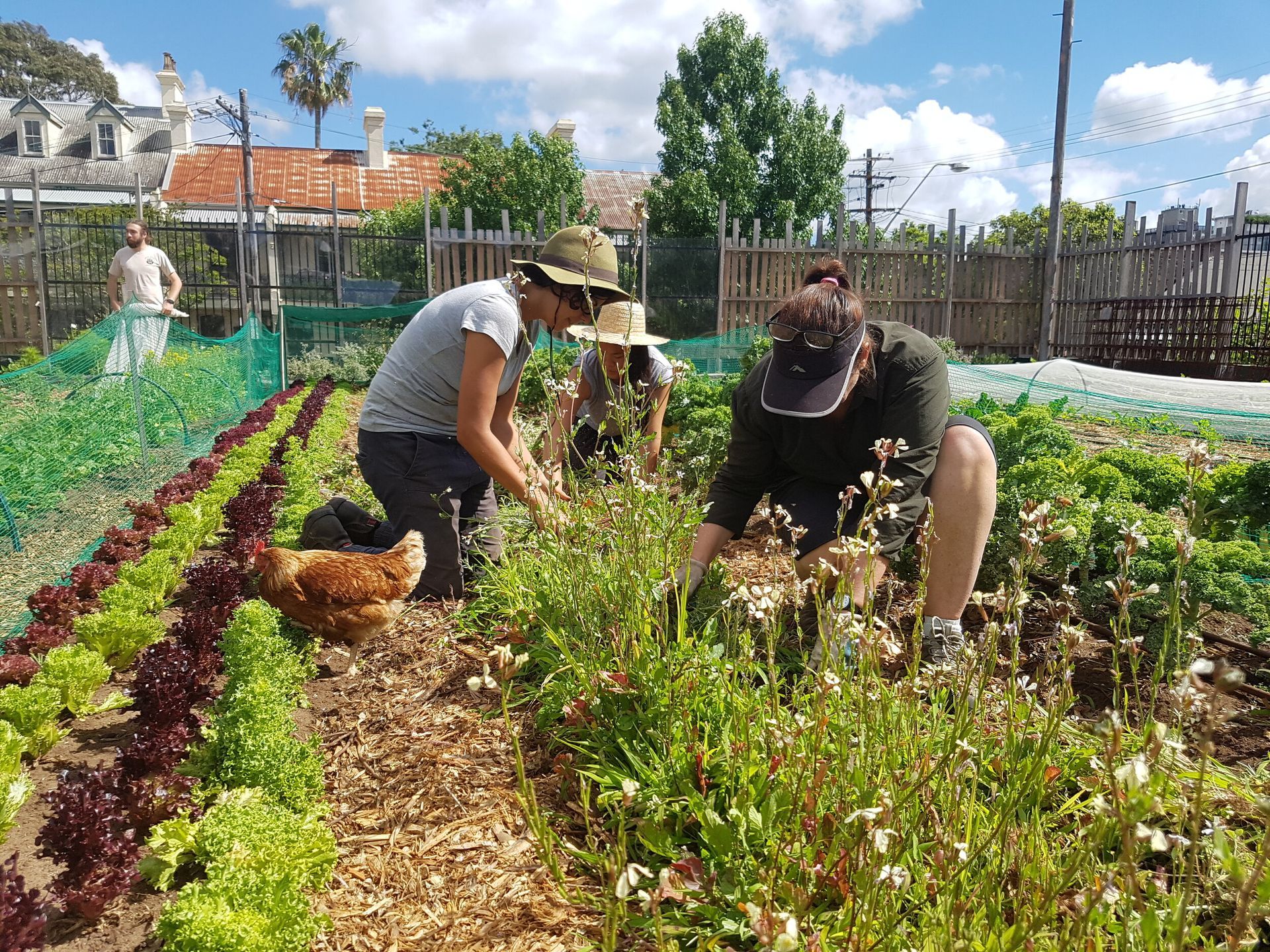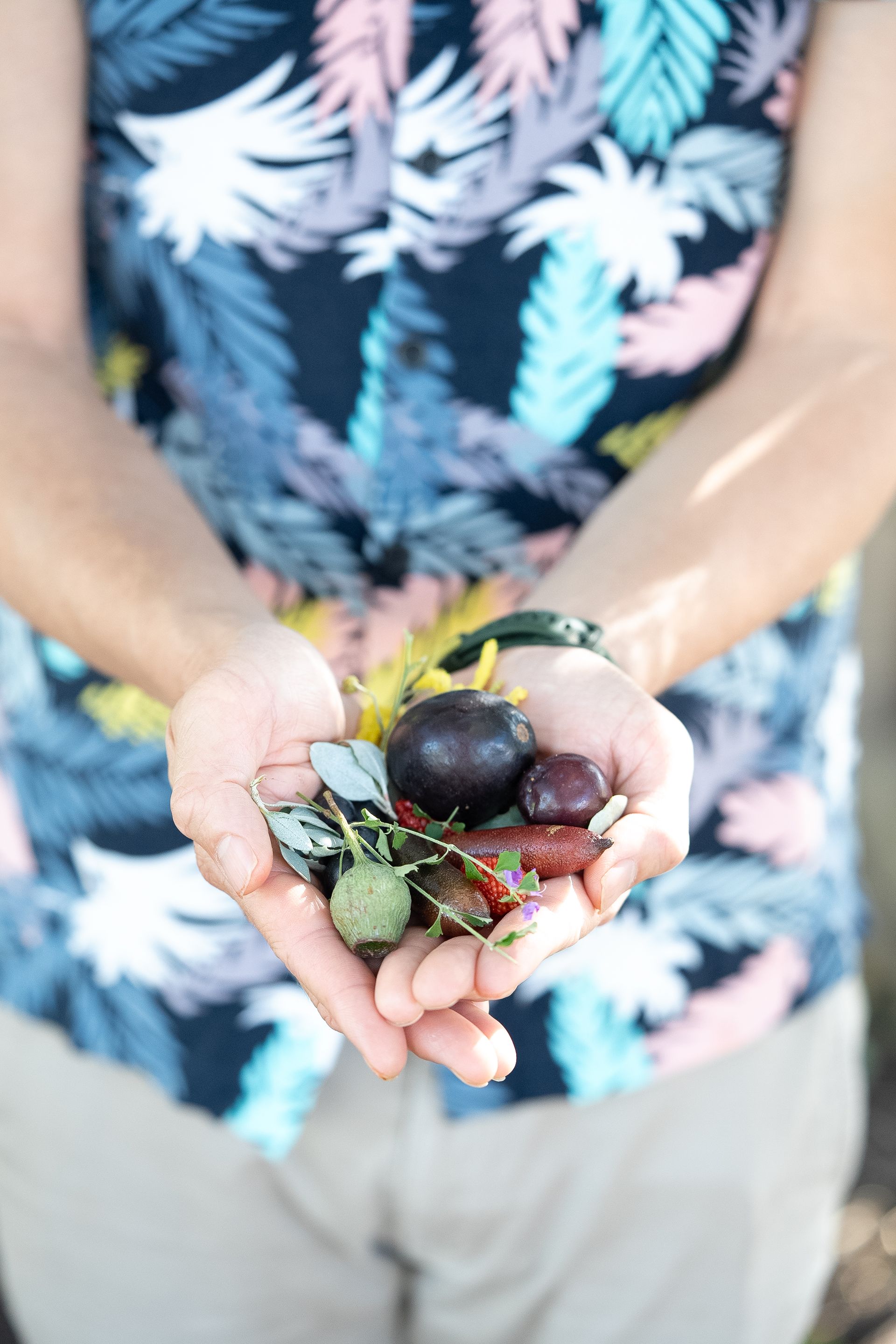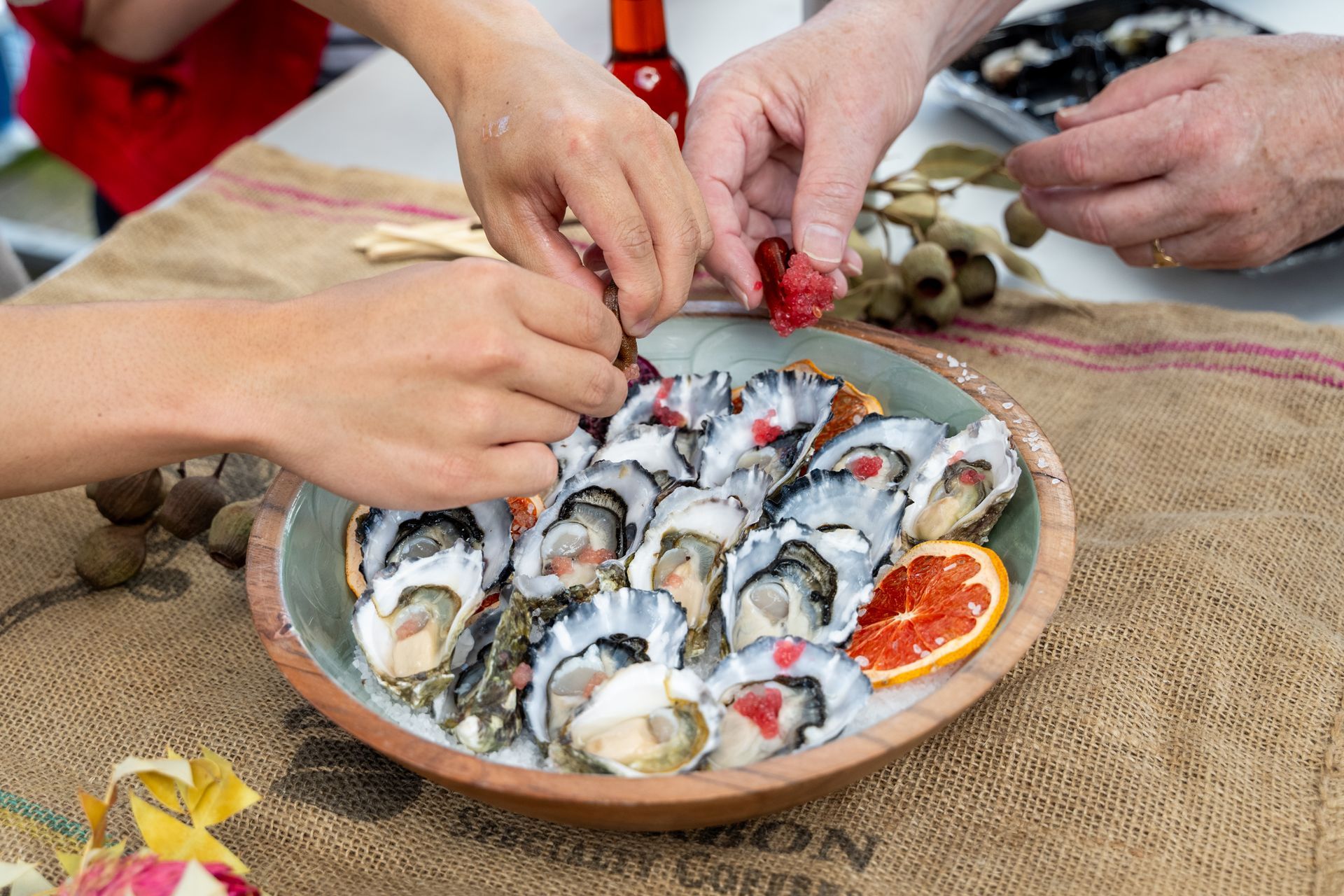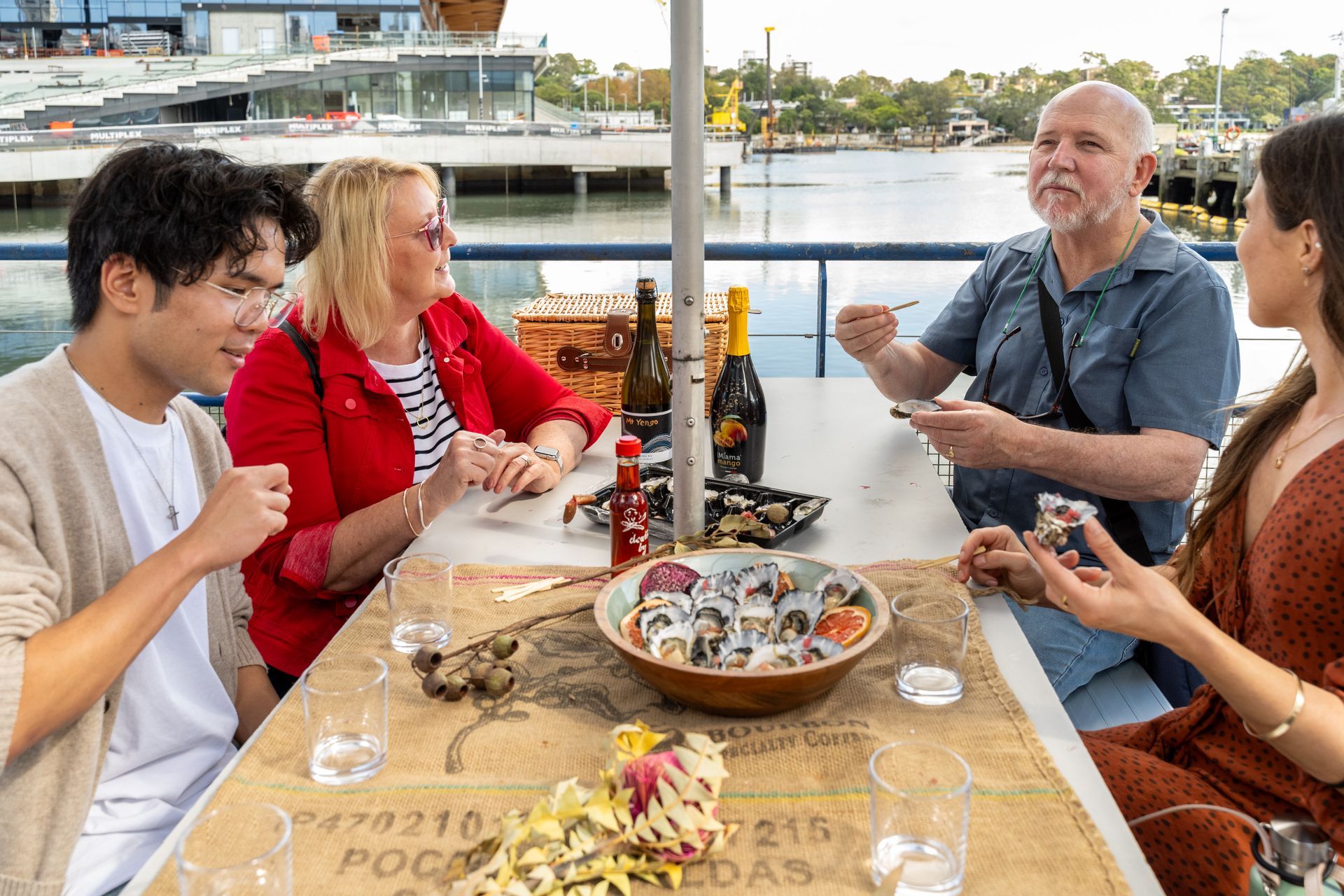How Indigenous Cuisine Connects Tourists to Australia’s True Story
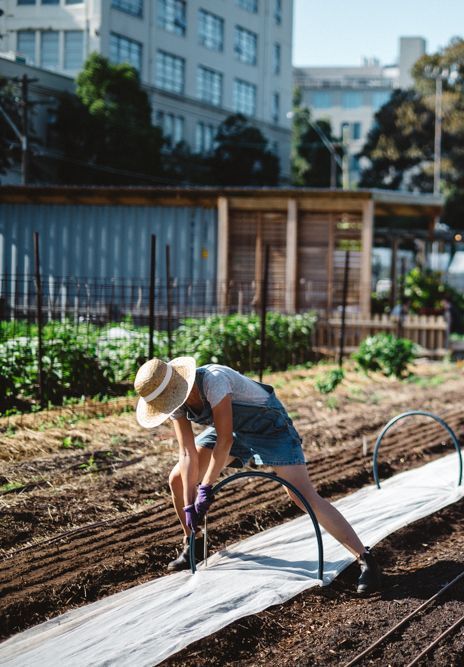
Most travellers come to Australia expecting koalas, beaches, and maybe a meat pie. Few expect to be deeply moved by a piece of lemon myrtle shortbread or a spoonful of kangaroo salami. But when you serve someone ancient flavour with story, spirit, and Indigenous roots they feel it. Because Indigenous cuisine doesn’t just feed you. It connects you to Country, culture, and a truth that goes far beyond the plate.
Table of Contents
- Why “Australian Food” Needs a Rethink
- Indigenous Food Is More Than Just Ingredients
- What Tourists Learn When They Taste Country
- Connection > Consumption: Why This Sticks
- Stories That Can’t Be Googled
- How We Share These Flavours (Respectfully)
- Conclusion: Taste Isn’t the End It’s the Beginning
Why “Australian Food” Needs a Rethink
Let’s be honest. Most travellers leave Australia with a camera roll full of landscapes but barely a bite of Indigenous flavour. That’s a problem. Because when we talk about Aussie food and ignore native ingredients, we erase tens of thousands of years of knowledge. Indigenous food isn’t a novelty it’s Australia’s original cuisine. And it’s time we recognised that.
Indigenous Food Is More Than Just Ingredients
Bush tomato. Finger lime. Wattleseed. These aren’t just trendy ingredients they’re tied to Country, season, ceremony, and survival. Indigenous communities knew exactly when, where, and how to harvest each one. This isn’t paddock-to-plate—it’s millennia-to-mouth. When we serve this food on our tours, it comes with context, care, and deep respect.
What Tourists Learn When They Taste Country
We’ve had guests cry over Davidson plum. Not because it’s fancy but because it hits something deeper. That’s what Indigenous food does. It surprises. It shifts perspectives. Tourists who thought they were coming for a “fun food experience” end up connecting with a story they didn’t know they were missing.
Connection > Consumption: Why This Sticks
This isn’t about food for food’s sake. It’s about memory. Meaning. Tourists leave our tours with more than a full stomach—they leave with a better understanding of the land they’re standing on. That’s what turns a good trip into a life-shaping one. It’s why we’ve been called the highlight of people’s fourth visit to Australia.
Stories That Can’t Be Googled
You can’t Google the story behind a particular tree in the Botanic Gardens. Or the meaning behind mixing bush honey with smoked emu. That’s why we work with Indigenous producers and storytellers—so every bite is rooted in something real. Guests don’t just eat differently they see differently.
How We Share These Flavours (Respectfully)
At The Australian Food Guy, we’re founder-led but community-driven. We don’t just slap finger lime on a cocktail and call it cultural. We source ethically. We partner with Indigenous makers. We tell stories with people, not just about them. That’s how we honour the food and the people who’ve kept it alive.
Conclusion: Taste Isn’t the End It’s the Beginning
Indigenous cuisine isn’t just something to try it’s something to learn from. To honour. To carry with you. When tourists connect with native food, they’re not just tasting a dish. They’re stepping into a story that’s older than cities, currencies, or cuisine itself.
Wildly Australian, deeply local. That’s our promise. And Indigenous food is the heartbeat of it all.

